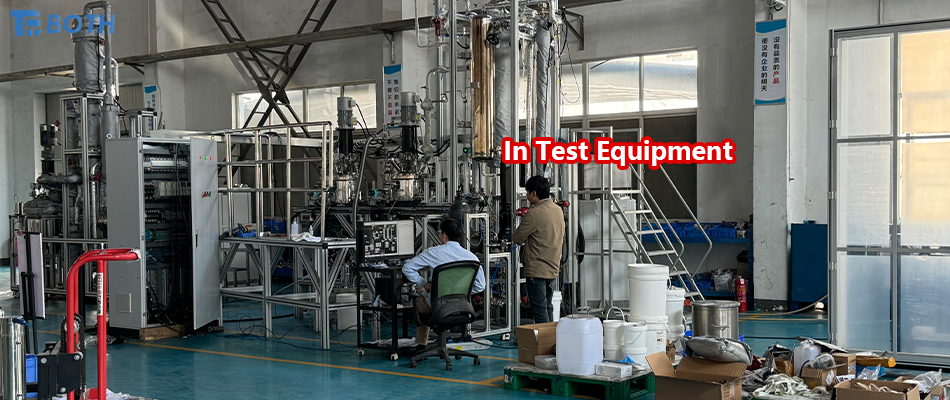High-temperature and high-pressure reactors come in a wide variety of models and are known for their stable quality, advanced processing, smooth transmission, and ease of operation. They are widely used across industries such as chemical, petroleum, pharmaceutical, food, pesticide, and scientific research. These reactors facilitate chemical processes including condensation, polymerization, alkylation, sulfonation, hydrogenation, as well as the synthesis of organic dyes and intermediates.
With diverse specifications, these reactors offer multiple heating methods, including electric heating, jacketed steam heating, and oil heating. The design and manufacturing of a reactor depend on production requirements and user needs, including factors such as temperature, pressure, material, rotational speed, type of agitator, sealing structure, and heating method.

Structure and Heating Methods
A high-temperature and high-pressure reactor typically consists of a lid, vessel body, jacket, agitator, support and transmission device, and sealing components. The material and openings can be customized according to user requirements. Heating methods include oil heating, electric heating, water heating, gas heating, and direct flame heating. The jacket design comes in two types: a conventional jacket and an external half-pipe jacket. For oil-heated jacketed reactors, a flow guide device is also incorporated.
Key Performance Features
High Mechanical Strength – The stainless steel construction offers excellent mechanical properties, enabling the reactor to withstand high working pressures and absorb impact from loading solid materials.
Superior Heat Resistance – The reactor operates efficiently within a broad temperature range (-196°C to 600°C). It resists oxidation and scaling at high temperatures, making it suitable for direct flame heating.
Excellent Corrosion Resistance – The material ensures strong resistance to corrosion and prevents rust formation.
Efficient Heat Transfer – Compared to enamel-lined reactors, it offers better heat transfer performance, resulting in faster heating and cooling.
Customizable and Easy to Clean – The reactor can be manufactured into various shapes and structures as per process requirements. The inner wall can be polished to prevent material buildup, facilitating easy cleaning.
For more details about laboratory-scale micro-reactors and High Pressure Reactors, feel free to Contact us.
Post time: Apr-02-2025






